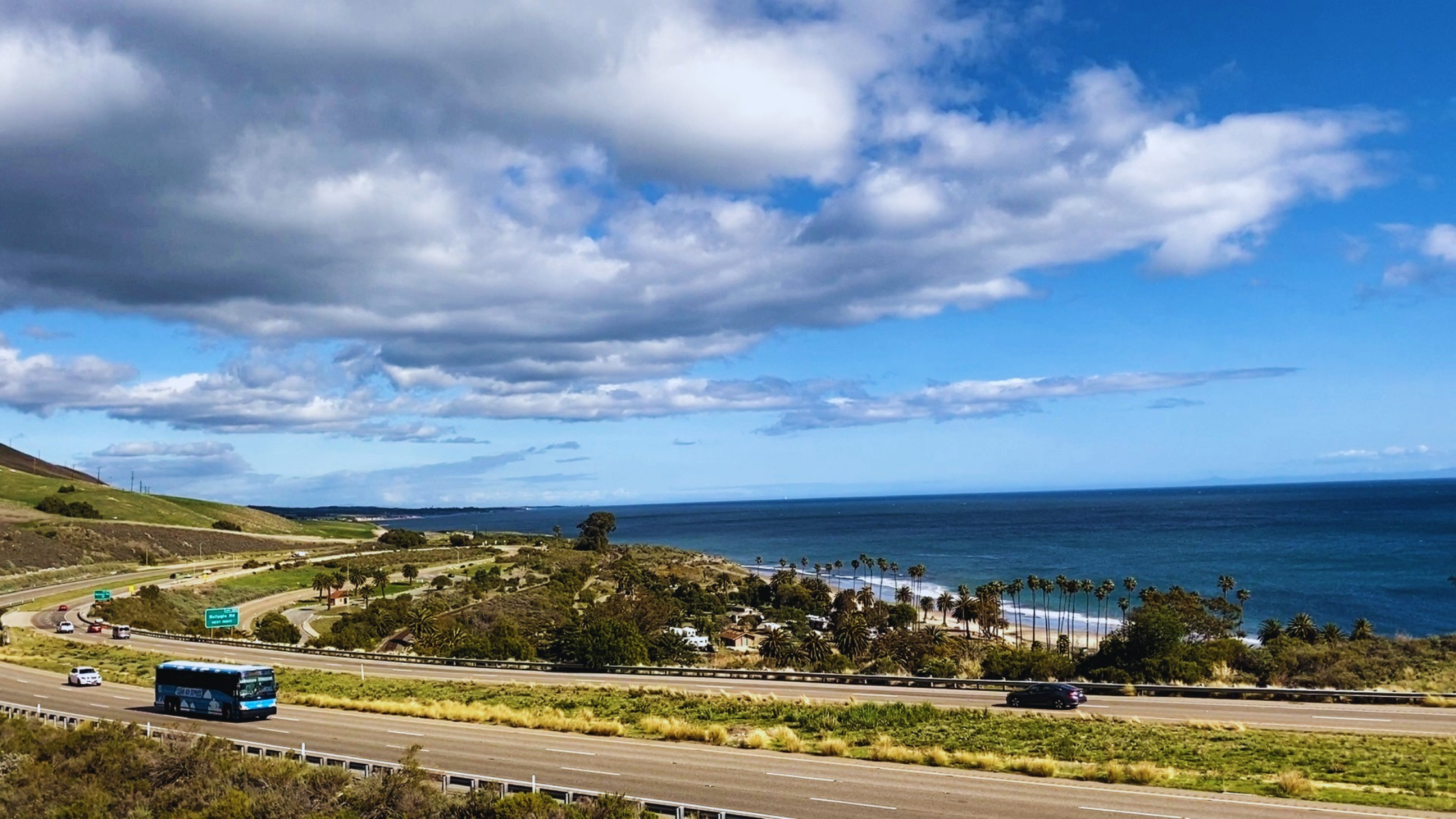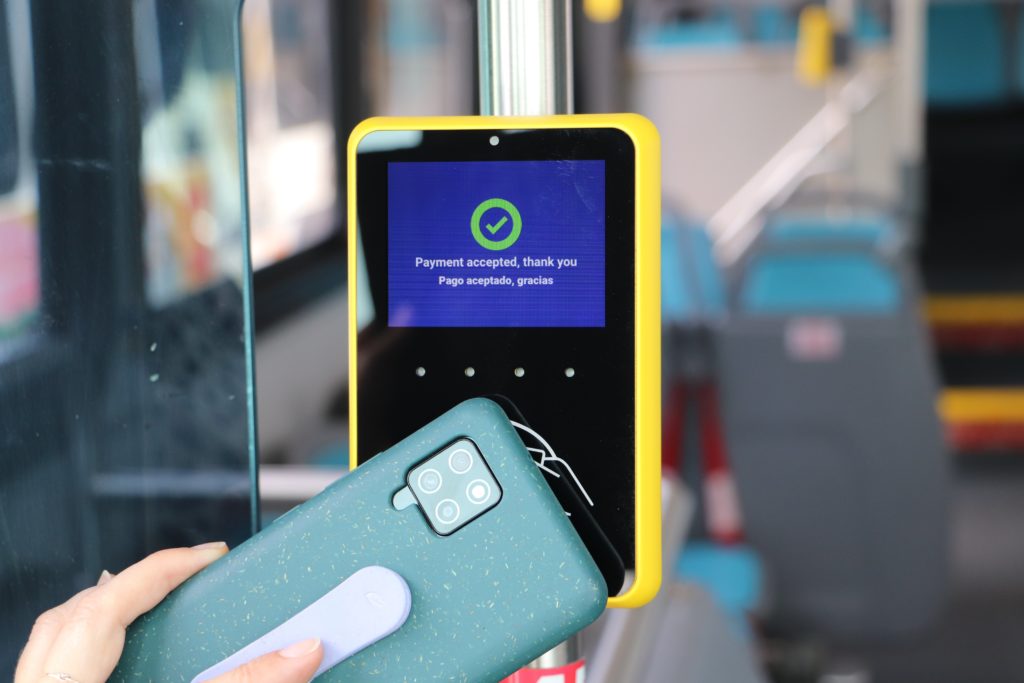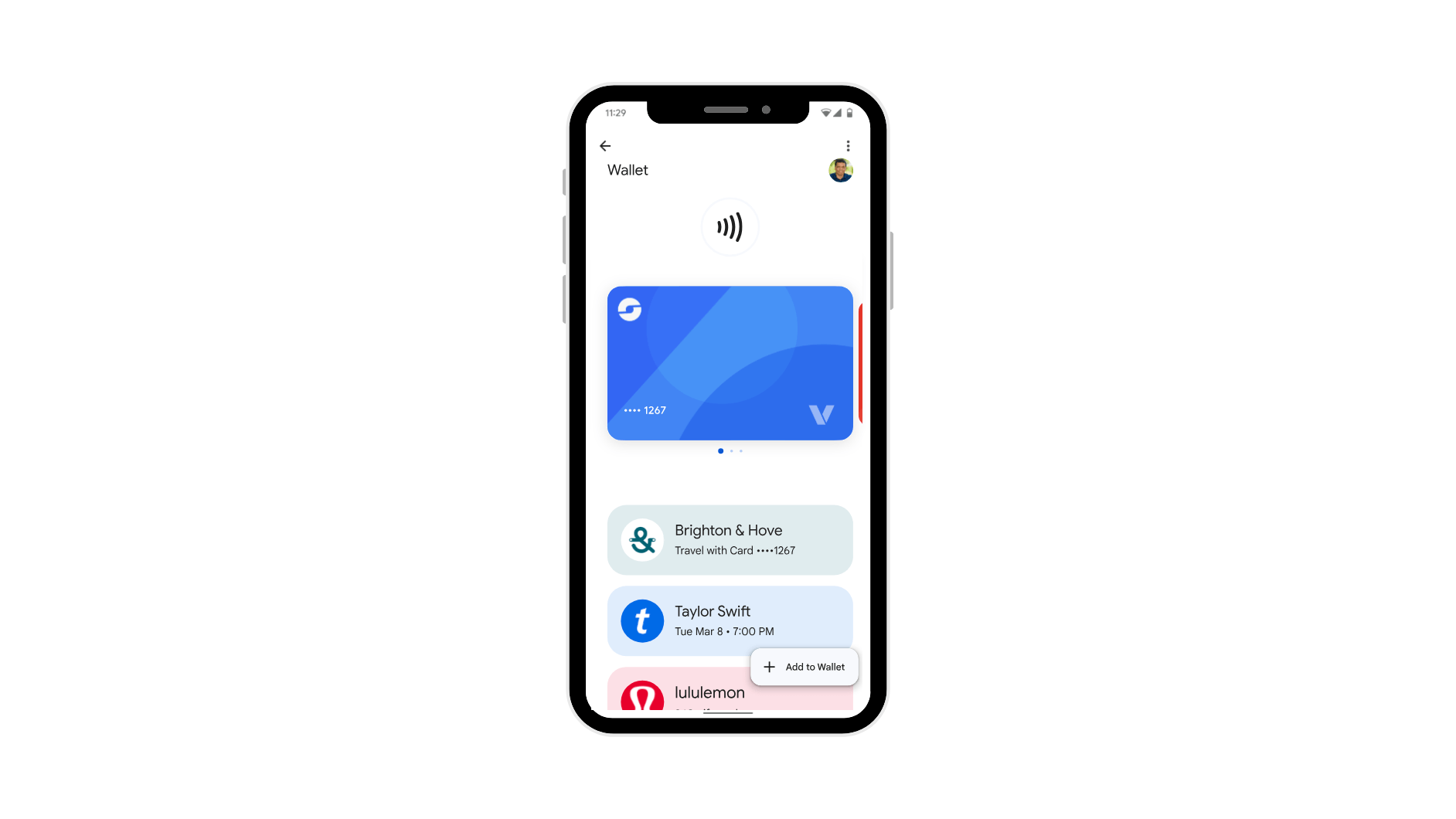Tap-to-ride transit payments arrive on the California coast
by Andreea

Contactless open loop fare payments are making public transit easier and simpler to use
Transit payment processor Littlepay, and ticketing technology specialist Kuba are teaming up to facilitate two contactless fare payment demonstrations in Santa Barbara, California. For the first time in the coastal county, public transit riders will have the option to ‘tap-to-ride’. This means they can pay for trips by tapping an onboard payment reader with their contactless debit, credit, prepaid card or mobile wallet.

Kuba’s off-the-shelf system provides cEMV card validation and enables secure contactless payments to be processed. Littlepay provides transit payment processing—including tap aggregation, fare capping, deny list management and automatic debt recovery. Cybersource, a Visa solution, provides a connection to Elavon U.S. for acquiring services.
Amin Shayan, CEO at Littlepay, says,
“The system is a great example of our modular approach to contactless fare payment. Working with a range of pre-integrated ‘Littlepay Ready’ partners we are delivering an end-to-end solution—from point of tap to settlement of funds.”
Michael Hart, CRO at Kuba, says,
“We’re thrilled to team up with Littlepay to support the delivery of contactless travel in California with this rapid-to-deploy system. We’re eager to continue our expansion in the region and improve passenger experience. We’re doing this by removing the barrier of traditional fare payment, through easy-to-use contactless options across the United States.”
This new transit payment experience is available initially on the Santa Barbara County Association of Governments’ (SBCAG) long-distance commuter bus service, Clean Air Express, and two adjoining bus routes (12X and 24X) operated by the Santa Barbara Metropolitan Transit District (SBMTD). As the demos progress, SBMTD hopes to offer tap-to-ride on more lines.
State-wide goals for seamless travel
The California State Transportation Agency (CalSTA) and California Department of Transportation (Caltrans) are supporting the demos through the California Integrated Travel Project (Cal-ITP). Cal-ITP aims to make it easier to use public transportation by improving trip planning and simplifying payments. Easy-to-use contactless payment options are vital to reaching these goals. Cal-ITP has already successfully launched contactless payment demos on buses operated by Monterey-Salinas Transit (MST) and on some light rail trains in downtown Sacramento, operated by Sacramento Regional Transit District (SacRT).
Simple payment experience
For riders who already use contactless cards or mobile wallets for other purchases, the convenience of paying for transit journeys in the same simple way is appealing. Instead of buying or loading a transit card, or handling cash, they can reach for the card or device carry everywhere. Once they tap, a green checkmark on the payment reader indicates a successful transaction. They can then board vehicles quickly with minimal driver interaction.
Motivating greener travel
Clean Air Express is a commuter bus service launched in the 1990s to reduce air pollution caused by commuters in single-occupancy cars. Managed by SBCAG, it serves residents of Lompoc, Santa Maria, Buellton, Solvang, and adjacent areas, who use the buses daily to get to work in Goleta and Santa Barbara.
Riders are used to the pricing system. One-way fares cost $7; ten rides are discounted to $50; and a monthly pass for $150 offers unlimited rides. Configuring fare caps in Littlepay’s back office, SBCAG can replicate this fare model for the tap-to-ride system. In addition, it can offer a $1 one-way fare discount to riders who pay via contactless debit/credit card or mobile wallet. Riders who tap-to-ride will pay $6 for each one-way journey until a $10 daily cap or a $150 30-day cap is triggered. After that, no further payment will be charged within the capping period.
“Older fare collection systems create unnecessary barriers for people to ride public transit,” said Marjie Kirn, executive director of SBCAG, which operates the Clean Air Express. “With the new contactless payment system, customers can pay their fare in the same way they pay for a coffee or groceries. They simply tap a credit or debit card, or use a mobile wallet. No registration or account set up needed.”
Automating discounts and concessions
Riders on SBMTD line 12X (Goleta Express) and 24X (UCSB Express) using tap-to-ride will pay a simple $1.75 flat fare for single journeys. There is an automatic daily fare cap of $6 in place. A 30-day pass is also available, with a cap of $52. As the contactless rollout continues, SBMTD hopes to create further fare models that may include discounted fares for eligible groups, such as older adults, university staff, and students.
“We are excited to introduce this convenient payment option for our riders,” said Jerry Estrada, general manager of Santa Barbara MTD. “We’re piloting this technology on ten of our buses, serving Lines 12x and 24x. This means you’ll be able to get to UC Santa Barbara, Downtown Santa Barbara, Camino Real Marketplace, and Old Town Goleta with a simple tap of a card or device.”
California’s contactless movement continues
Amin Shayan says,
“Following on from successful deployments in Monterey and Sacramento, we’re pleased to see two more contactless demos go live in California. The system used here in Santa Barbara is a great example of the modular approach to contactless fare payment we champion. It’s making this payment technology increasingly accessible for transit agencies of all sizes.”
Trending Topics

Project Highlights: Washington DC’s record breaking upgrade to accept open loop payments

Nevada County Connects leverages Cal-ITP’s Mobility Marketplace to elevate the payment experience across its bus network

 Insight
Insight
 Knowledge
Knowledge
 News
News
